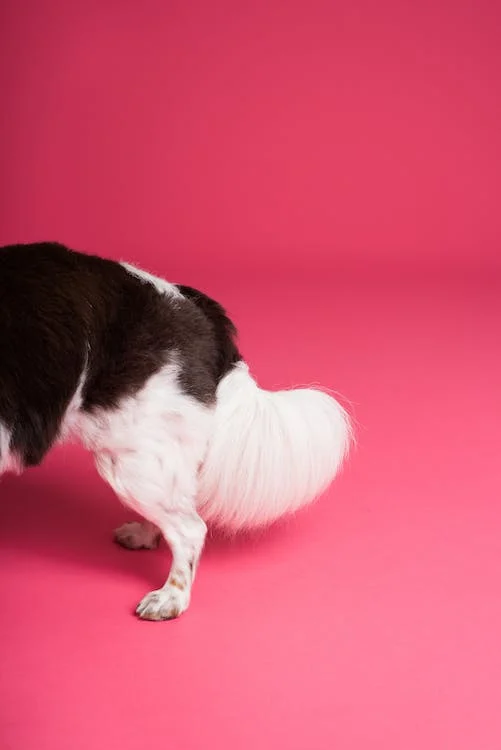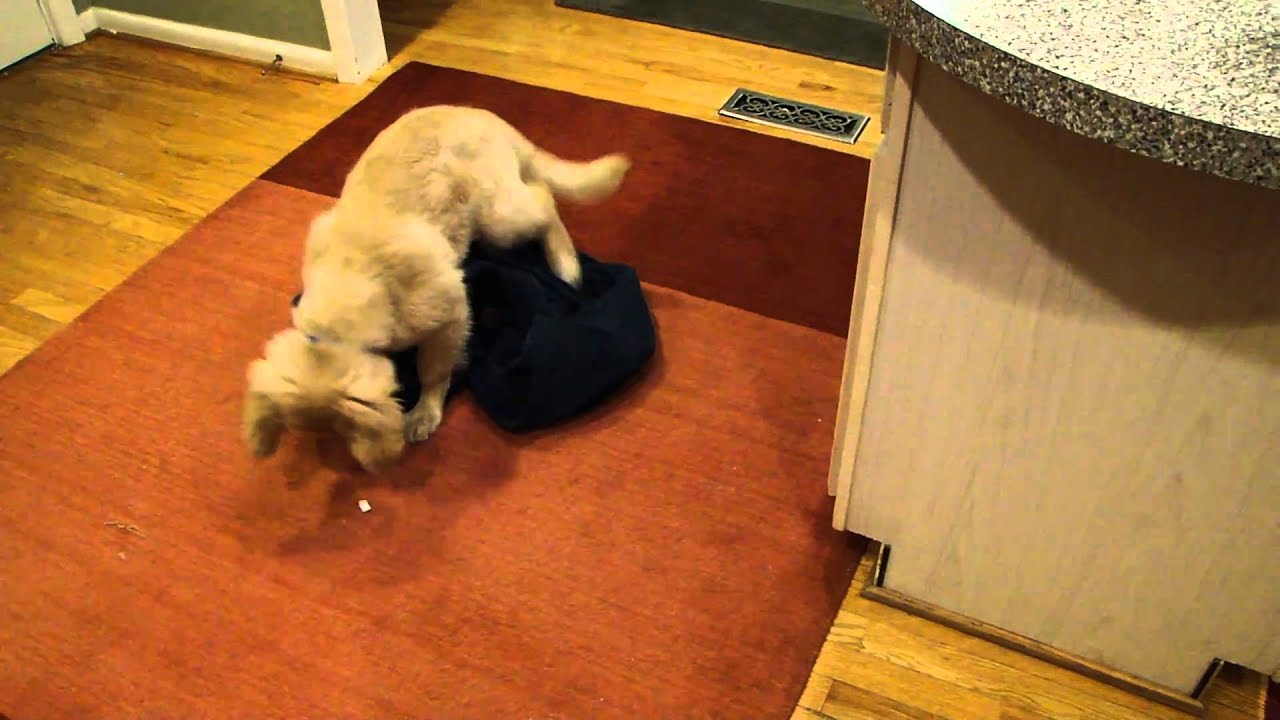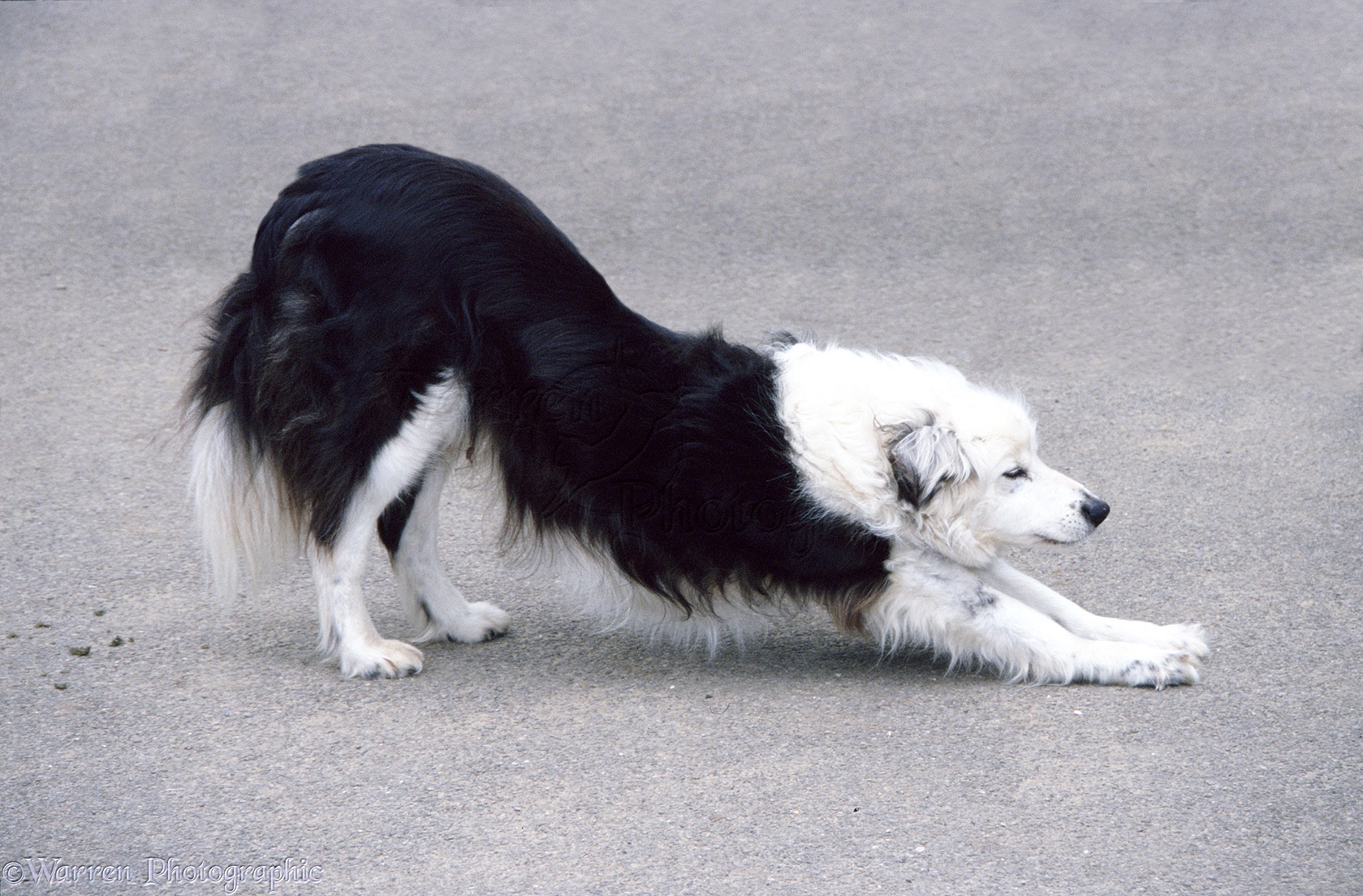Few behaviors stir greater intuitive concern in dog owners than witnessing happy, eager Fido suddenly tuck tail and cower while approaching another dog or unfamiliar person. Where their wagging rudder typically broadcasts eager friendliness, a lowered tucked tail conveys the polar opposite – fearfulness, insecurity or intentions to appease perceived threats. Deciphering the emotional and physical causes behind tucked tails provides insight into dogs’ state of mind for appropriate handling.
Fear or Anxiety
The most common trigger for tail tucking remains discomfort or uncertainty in strange situations far beyond normal acclimation needs. Whether meeting bigger unknown dogs, children’s erratic energy, or loud vehicles passing, cautious dogs instinctively tuck tails to avoid problematic attention. It telegraphs an non-threatening posture saying “please ignore me”. Fear essentially overrides their social nature temporarily.
Anticipating Punishment
Dogs also exhibit tucked tails when flinching reflexively if they perceive blows coming based on past experiences linking crouching postures to reduced pain. Tragically, this demonstrates learned expectation of punishment rather than simple apprehension. Build patience and positive associations for recovering trustful body language again.
Submission to Dominant Dogs
Particularly around assertive dogs defending home turf or resources, meeker pups convey understanding of their lower social rank by crouching low, ears back, downgrade paw lifts, and tail tucked as an appeasement ritual. While not enjoying the interaction, they aim to avoid potential conflicts peacefully.
Injury or Pain
Hurting dogs tuck tails reflexively to protect already painful areas on their backsides and rectums. Additionally, ear infections make dogs tuck tails and shake their heads attempting to ease inner irritation, seeming like unrelated behaviors. Identify and remedy sources of discomfort for suffering pups.
Helping Nervous Dogs
While tail tucked episodes aim to diffuse perceived threats, the underlying trigger of fear, anxiety, uncertainty from poor socialization often necessitates counterconditioning exercises rebuilding confidence. With patience and rewards, fearful dogs learn to trust new stimuli as safe rather than defaulting to self-preservation instincts in benign situations. Proper socialization prevents reactive fearfulness taking root in early puppyhood especially. Never force scared dogs past thresholds overwhelming them – gently nudge comfort levels forward instead. In time, previously tucked tails give way to loose happy wags again.
So next time your dogs’ tails sag, recognize it as communicating histories and emotions running deeper than we can see on the surface. Respond with compassion meeting them where they’re at now, with nurturing support coaxing their inner social butterfly soon take confident flight again.

Frequently Asked Questions
Why does my dog tuck his tail but still approach strangers?
Despite fearing unfamiliar interactions, dogs so strongly crave social connection that they override tucked tail instincts just seeking any engagement, however stressful. Ensure strangers approach slowly and don’t force contact as the pup likely remains highly uncomfortable deep down.
Are tucked tails always a bad thing?
Not necessarily. Some dogs naturally carry low tails and 91 0thers adapt tucked postures while sleeping to conserve warmth by surrounding foot pads. Evaluate the whole context before assuming tucked tails signal upset.
Can my dog lose muscle control in their tail?
Yes, senior dogs with cognitive decline often exhibit poor tail control seemingly tucking abnormally but meaningfully. Likewise, spinal injuries numb tails prompting constant tucking. Seek veterinary assessments ensuring no medical conditions contribute.
The next time your dog greets someone with a tucked tail rather than bouncing exuberance, recognize their body language communicates volumes about their inner world. Meeting them where they’re at builds trust and confidence.



